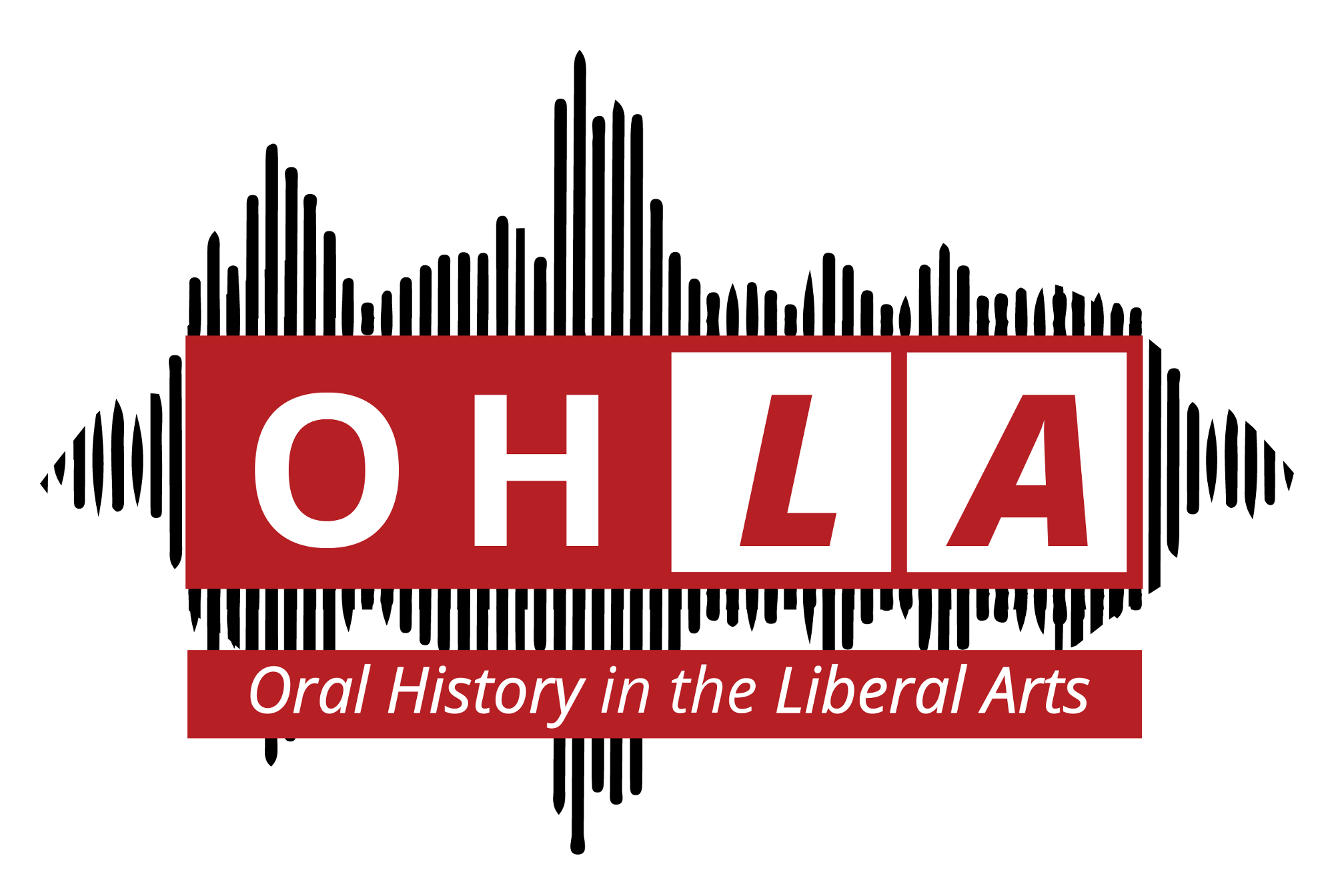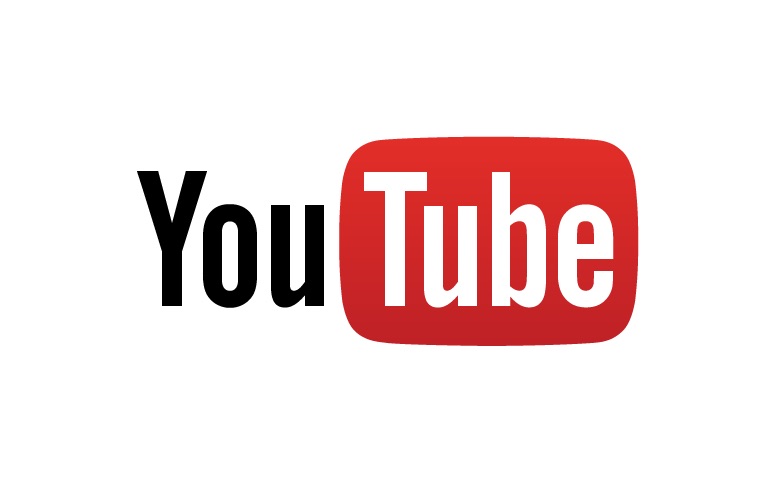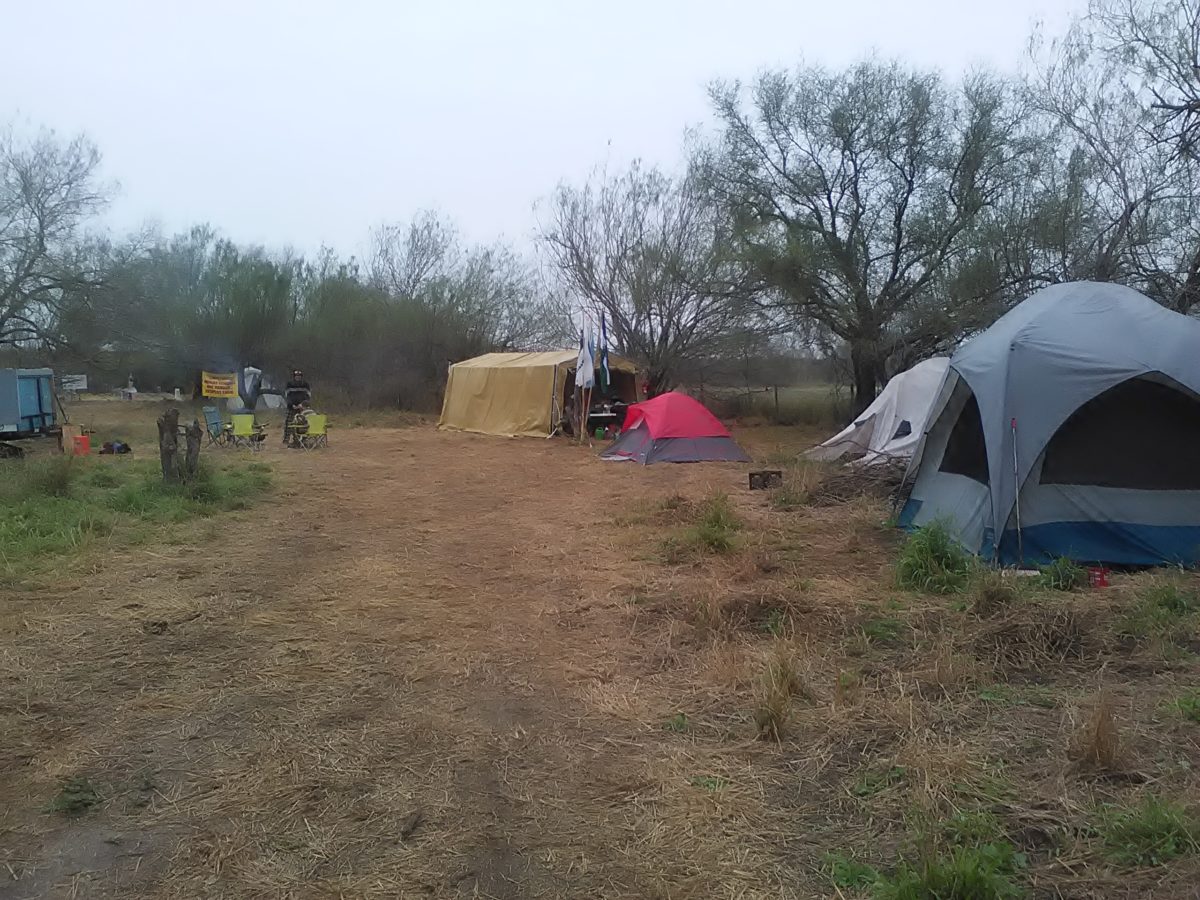Over the last handful of years, I have developed a mild obsession with gathering sound and images from the places I frequent. I’m not altogether sure how it happened, but this urge has bloomed into a host of near-daily fieldwork habits, a stash of decent gear, a personal archive full of sound— and a full time faculty role.
Being the vibration of air and frequency that sound is, the moments that I capture would otherwise pass by me, through me, then away from me, extinguishing in distance and direction. But I capture them, though I know not what captured moments are good for. I don’t have clear purposes for the sound I keep, but when I listen to it, it takes the shape of a visual wave form on my computer screen through which I come to understand it.
A book I have been reading, The Auditory Culture Reader by Michael Bull and Les Back, attempts to raise a greater awareness of the function of sound in society, through a series of essays both historical and contemporary. In the introduction, they drive an overriding point home: we live in an intensely visual, technology-mediated culture. The point, they write, is that we have to be aware of the dominant sensory tendencies of our day. The ability to think critically about things is, perhaps, dependent upon whether we can think beyond, around, or through whatever cultural-sensorial biases to our perception that we inherit from our epoch.
We must be cautious of the tendency to look at the past through the “epistemological lens of the present.”
So I got to thinking that it seems we interact with sound as a visual object these days. I have never “cut tape” like those who worked in sound before digital audio editors did. But I have reveled in working with an audio file long enough to know just where the next voice of a certain narrator begins and ends because of the visual wave form. In more than one way, my own work can be located within this turn toward visualized sound.
I’m not sure what to make of this apparent dual irony at the heart of my work.
On the one hand, I conceptualize my sound recording and deep listening as practices of being present to the moment, yet I fiddle with my technological gear. And again, on the other hand, I feel I am breaking through the visual bias of contemporary society by focusing on audio work— yet I capture “the sonorous” only to interact with it visually. Hmm.
The philosopher that I cannot shake a certain amount of enchantment with, Martin Heidegger, talked a lot about “the darkening of the world” that, for him, had everything to do with technology. Though he lived and died a bit before the digital era as we now know it, he warned that technology can ensnare us into simultaneity and speed, in many ways enslaving people into a monotonous shade of gray that is fed by an endless stream of instantaneous images.
Basically, as I understand him, Heidegger thought humankind is in danger of losing its “metaphysical grounding,” and that we are nearly so far removed from the root of our natural experience that we barely notice our own decline. Mankind is changing the way it is in the world. Through the simultaneity and speed of contemporary society, our being-in-time or being-here becomes less in situ, less aware, less intentional. We’re too busy tending to the technological trends that have left us with a certain kind of excess (a concept that is hard to approach in English) while impacting our lived experience of daily practices. We no longer spend our time doing the things our great grandmothers did.
Hearkening back to Nietzsche, Heidegger claims that that the very word “being” is now a “mere locution.” We have forgotten what the word means, he says, we “have fallen out of what this word is saying.” We must entertain this word, this concept that is “evanescent as vapor” in order to understand its “full and rightful scope.”
The full and rightful scope of an evanescent vapor.
For Heidegger, the only response for humans who wish to be authentically in-the-world is to keep asking ourselves what we ought to be doing as beings-in-the-world. (It may seem redundantly simple, but his work in this area is deeply philosophical stuff.)
He says the very asking of this fundamental question “opens up the happening” of what it is to be human, brings about ideas of potential futures, and thereby grounds us in the “originary” locus of our past and “burdens” our present moment.
I have come to think that, for me, the best way to burden my moments with a sense of what has been and what could be, is to listen. To be present, to be aware. To focus. Should I find it ironic that the practice I am developing to be present and aware is brought forth and mediated by technology?
While Heidegger (in this cited area of work, at least) focused on what it is to be conscious in a technologically-driven world of things and other conscious beings, a later philosopher in the phenomenological tradition has considered listening directly. For Jean-Luc Nancy, “the sonorous” is deeply different than the visual. The sonorous “outweighs form.” It “does not dissolve it, but rather enlarges it; it gives it an amplitude, a density, and a vibration or an undulation whose outline never does anything but approach. The visual persists until its disappearance; the sonorous appears and fades into its permanence.”
In “Listening,” Nancy wonders why the visual has come to a privileged place in our cultural systems. Why forms of listening have remained in the realms of the esoteric and the secretive (his examples being the Pythagorean teaching methods of ‘acousmatics’ and the religious confessional). Whatever the reason, and wherever the answer, Nancy says we must be sure to bring our eyes with our ears as we ponder this— a somewhat comforting idea to a digital audio gal with these questions on the table.
Turns out, it’s all about relating to place, an idea in Nancy’s writings I would have loved to encounter years before I did. But to get to place, you have first to work through presence, Nancy would tell us.
To come to an understanding of truly “sonorous” experience isn’t so much about being-present as I might have thought. In fact, the very idea of “being present” is, to an extent, a visual idea. For Nancy, “in the presence of” is an idea that belongs to the world of points along linear lines where things manifest as they exist in reality. The “sonorous present” belongs to the dimension of space-time where “simple succession” of the Newtonian world fades into something inherently quantum:
It is present in waves on a swell, not a point on a line; it is a time that opens up, that is hollowed out, that is enlarged or ramified, that envelopes or separates, that becomes or is turned into a loop, that stretches out or contracts… it stretches through space, or rather it opens a space that is its own, the very spreading out of its resonance, its expansion and its reverberation. This space is immediately omnidimensional and transversate through all spaces…
So, for Nancy, looking and listening are two quite different activities. “Visual presence is already there, present, before I see it,” he writes. Sonorous presence, on the other hand, requires an arrival of pressure that acts on its subject, passing into it, through it, without regard to whether or not it was invited or is wanted.
The ear has no eyelids, he reminds us.
Recording sound is intentional, of course. My recorder has on and off buttons—I can even pause if I choose. More importantly, pausing the forward motion that hurdles me through my days is just about as “intentional” as it gets. I have been late to work and meetings in order to capture a few moments of morning. I have crouched by the side of the road after the bars close to catch the frogs, and sloshed around my early spring backyard trying to capture the bubble-talk of over saturated land. I have pretended to be reading only to tune into the various sounds of a bustling cafe.
In this way, though I use technology to capture moments that are in ways “evanescent as vapor,” I am actually pausing the pace of my technological world (if only opting out momentarily for a listen). But the other irony—the visual nature of digital soundwork—still stumps me.
I’m not intending to be biased against the visual (as the owner of a Canon 7d, I’m arguably doing as much photography and videography as audio) but I do want to understand the goosebumps. I want to know something of the auditory affect.
The more I listen to sound from all parts of the world, both the exotic and the mundane, the more I realize how it functions as a cue for visual thinking. That is, if I hear a sound that has no image, I will conjure a scene in mind. However, if I see a visual only, I am not nearly as capable at conjuring a sound to accompany it.
When Nancy says that the sonorous gives undulation and density to form, I take that to mean that being “into sound” isn’t about heralding one sense over another, it is more about approaching perception in a way that gives the human experience the most bang for its buck.
I think, maybe, that the sonorous is so primary and so evocative, that we need to be keen, careful even, about its function.
I know that I cherish recording sound because it gives me reason to be present to moments that I would otherwise cruise through, only vaguely aware of the full sonorous presence that can be taken in when you truly listen to the depths and layers of auditory experience. A single, full moment in a busy world.
Recording helps me revel in being, helps me regard the full scope of a passing moment which would otherwise be evanescent as a vapor. (What I do with these captured moments remains to be seen. There is a danger, perhaps, of reducing the summer night sky to bugs in a jar.)








